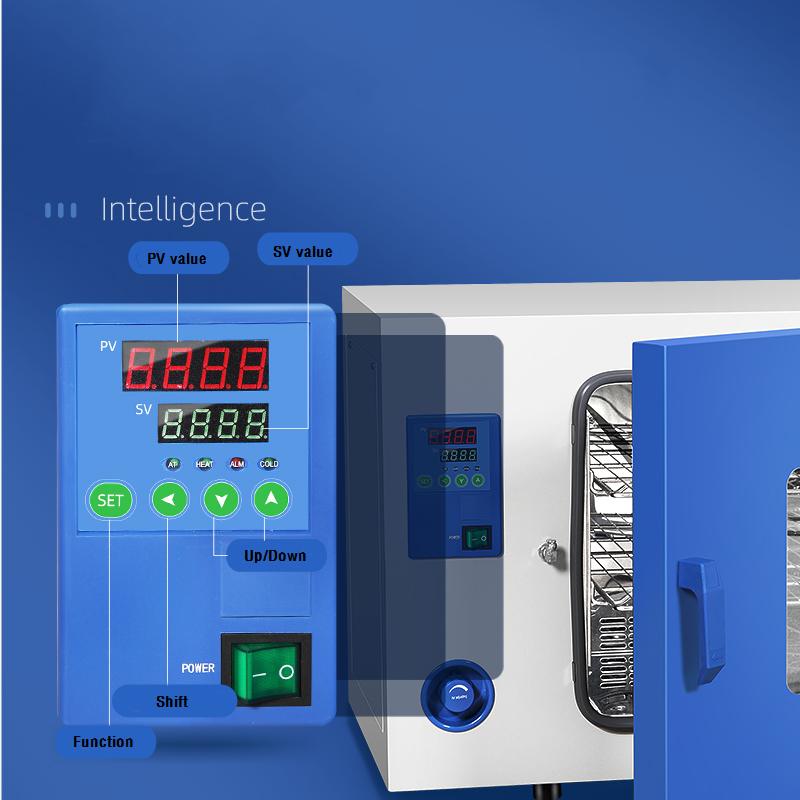
Heating oven laboratory, sometimes simply called a lab oven, is designed for controlled heating, drying, and heat treatment of various materials and samples. The ovens are essential tools in scientific research, testing, and quality control processes in laboratories across different fields, including pharmaceutical, chemical, materials science and engineering.
Model: TG-9203A
Capacity: 200L
Interior Dimension: 600*550*600 mm
Exterior dimension: 885*730*795 mm
Description
Heating oven laboratory is specifically used for drying samples or materials, it mainly circulates hot air through the chamber. The hot air circulation creates a controlled environment, this allows for fast and efficient drying. Laboratory heating ovens are available in different sizes and temperature ranges to accommodate specific laboratory requirements.
Specification
|
Model |
TG-9023A |
TG-9030A |
TG-9053A |
TG-9070A |
TG-9123A |
TG-9140A |
TG-9203A |
TG-9240A |
|
Capacity |
25L |
35L |
50L |
80L |
105L |
135L |
200L |
225L |
|
Interior Dim. (W*D*H)mm |
300*300*270 |
340*325*325 |
420*350*350 |
450*400*450 |
550*350*550 |
550*450*550 |
600*550*600 |
600*500*750 |
|
Exterior Dim. (W*D*H)mm |
585*480*440 |
625*510*495 |
700*530*515 |
735*585*620 |
835*530*725 |
835*630*730 |
885*730*795 |
890*685*930 |
|
Temperature Range |
RT+10°C ~ 200°C |
|||||||
|
Temperature Fluctuation |
± 1.0°C |
|||||||
|
Temperature Resolution |
0.1°C |
|||||||
|
Temperature Uniformity |
±2.5% (test point@100°C) |
|||||||
|
Shelves |
2PCS |
|||||||
|
Timing |
0~ 9999 min |
|||||||
|
Power Supply |
AC220V 50HZ |
|||||||
|
Ambient Temperature |
+5°C~ 40°C |
|||||||
Feature
•Uniform Temperature Circulation: The forced airflow within the baking oven helps maintain the temperature consistent throughout the chamber. This ensures that all parts of the samples or materials are exposed to the same drying conditions.
•Faster Baking: The active circulation of hot air accelerates the baking process, making baking oven suitable for different applications.
•Accurate Temperature Control: These baking ovens are equipped with precise temperature control systems, allowing users to set and maintain specific temperature levels for their applications.
•Digital Control: The intelligent digital display on the baking oven makes it easier to monitor and control the drying process.
Structure
The Heating oven laboratory generally consist of the following parts:
• Interior Oven: Made from rust-resistant stainless steel SUS#304
• Heating Element (Heater): Made of stainless steel SUS#304, it generates heat within the chamber.
• Circulation Blower: The forced air convection keeps uniform temperature distribution and faster drying.
• Temperature Control System: A digital temperature controller allows users to set and maintain a specific temperature.
• Shelving or Racks: Samples or materials are placed on the shelves, they are removable and adjustable to accommodate different sample sizes.
• Safety Features: Over-temperature limit protection and alarms.
Heating oven laboratory is structured to provide precise temperature control, uniform heat distribution, and a controlled environment, they are used for various drying and heating applications in laboratories and industries.
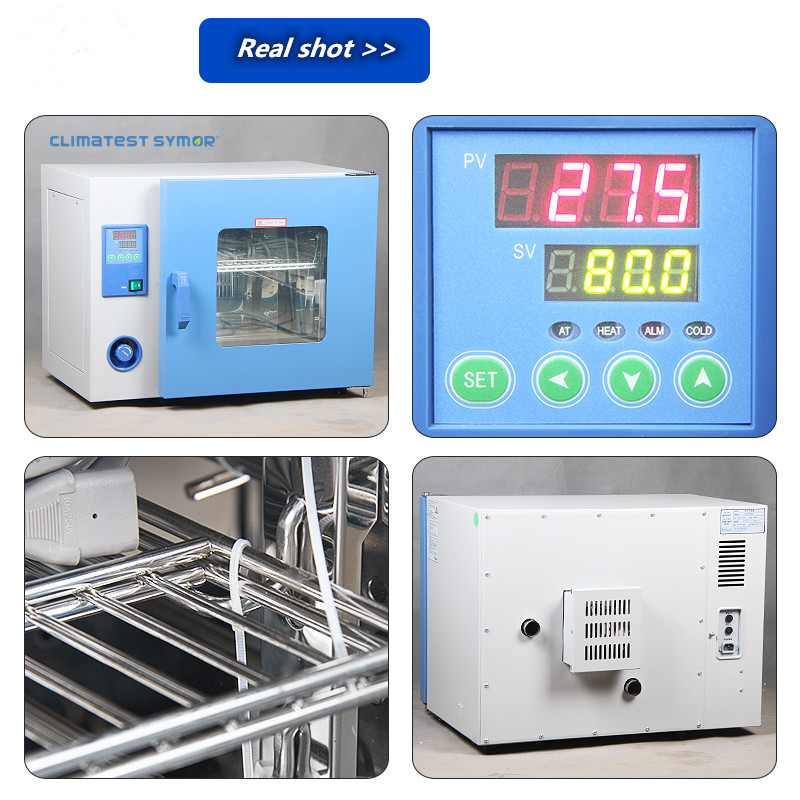
Application
Heating oven laboratory is utilized to remove moisture from electronic components during electronic manufacturing processes. Here are examples of applications:
Surface Mount Technology (SMT): During the SMT process, electronic components are placed on PCB (printed circuit board) using a pick-and-place machine. After the components are placed, the boards go through a reflow oven where the solder paste is melted to connect the components to the board. Since the components and boards may absorb moisture during the process, heating oven laboratory removes excess water and prevent potential failures due to moisture penetration.
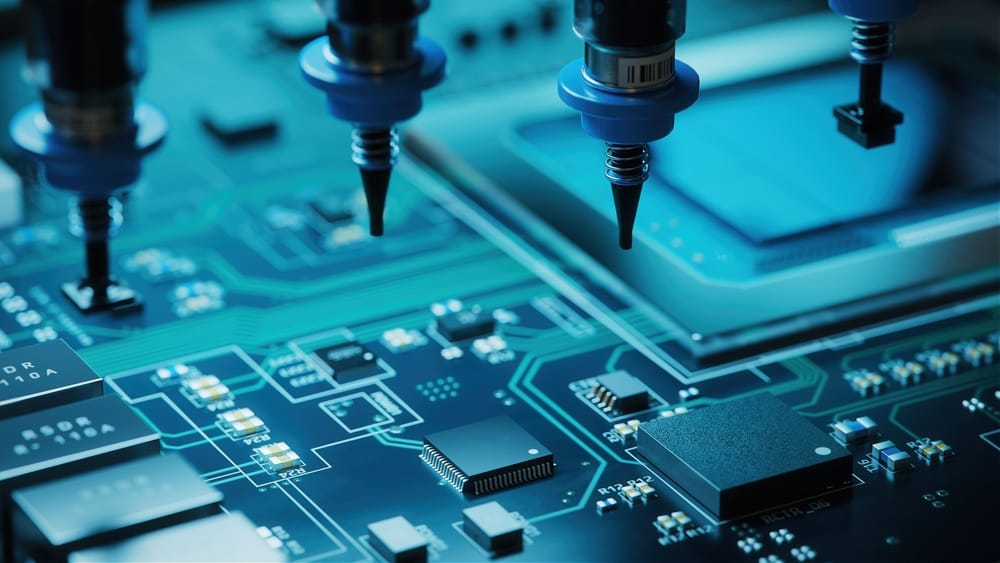
Wave Soldering: Wave soldering involves passing the bottom of the PCB over a pool of molten solder, which creates a solid joint between the PCB and electronic components. Before wave soldering, the PCB is washed with water-soluble flux to remove any oxidation from the board. The PCB is then passed through a hot air oven to remove remaining moisture before soldering, so that the oxidation does not turn into contaminants during the soldering process.
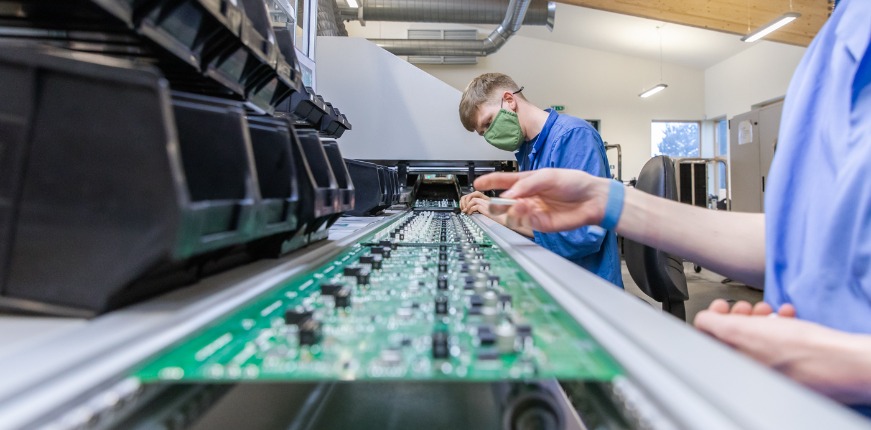
Potting and Encapsulation: To protect electronic devices from moisture, it's common practice to coat the device with a potting or encapsulation material that is waterproof. These materials usually contain a curing process that requires high temperature baking to ensure the complete curing of the material. Placing the devices into the heating oven laboratory can cure the potting or encapsulation material.
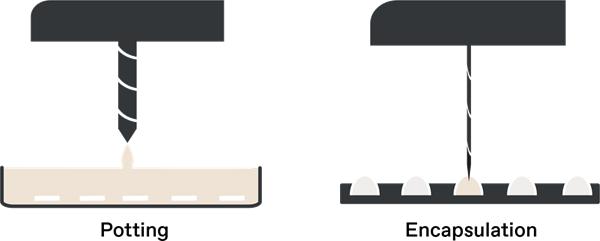
Solder Paste Application: Solder paste is commonly used to attach electronic components to PCB before reflow soldering. The paste is made of metal particles and flux which are mixed into a paste form. Since the solder paste absorbs moisture, it is critical to dry the paste before use. Heating oven laboratory removes water from the solder paste, ensuring it adheres properly and doesn't cause weak solder joints.
Excess moisture may cause electronic components to malfunction or degrade over time, ultimately rendering them useless. Hot air oven is essential in modern electronics manufacturing industry. These baking instruments efficiently help avoid potential failures by removing moisture inside the components during the manufacturing process.
General operation steps:
Here are operation procedures in a heating oven laboratory:
• Preheat the oven to the required temperature.
• Place the materials onto a shelf, make sure to keep some distance between them
• Set temperature and baking time on the digital display.
• Monitor the temperature during the baking process.
• Once the baking time is complete, the oven stops working automatically, please allow the materials to cool down before removing them
It's important to note that some materials are sensitive to high temperature, so it's essential to follow the recommended baking temperature and time to avoid damaging them. Additionally, baked materials should be stored in a dry environment to prevent moisture from re-entering the drying process.
How does a heating oven laboratory work?
During baking process, the heater heats the air, and the circulation fan circulates the hot air throughout the whole drying chamber. As the hot air circulates, it absorbs water from the products being baked. The moisture-laden air is then exhausted through the ventilation system, and the dry hot air is circulated again to continue the drying process. Repeat this cycle is until the setting temperature is achieved.
In summary, heating oven laboratory creates a controlled environment, samples or materials are applied in these ovens, leading to the moisture removal. Precise temperature control, even heat distribution, and a controlled atmosphere inside the chamber make them suitable for various laboratory, research, and industrial applications.
